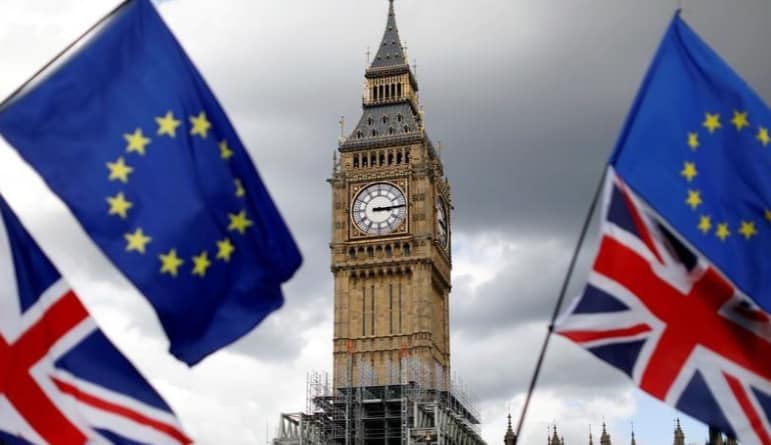
British and EU negotiators hold their first formal Brexit talks next week since an interim deal in December unlocked discussions on their future relationship.
Here are key dates in the process to come:
Feb. 5 – EU chief negotiator Michel Barnier meets his British opposite number Brexit Secretary David Davis in London.
Feb. 6-8 – Their teams meet in Brussels for the first talks on a transition period, plus how to enforce the divorce treaty and on ensuring there is no “hard” land border with Ireland.
Feb. 9 – Barnier and Davis’s deputies meet in Brussels to wrap up those talks. In the first formal discussion of future relations, the British will explain customs and security ideas.
February – Prime Minister Theresa May is expected to give details on what kind of free trade agreement Britain wants. If she takes longer, the timetable could slip.
Feb. 23 – EU leaders will meet in Brussels without May for a summit on the post-Brexit EU budget and on restructuring the EU parliament after Britain has left. They may also discuss on the sidelines any indications London may give on its future hopes.
March – Once May has explained Britain’s demands, the EU will prepare its detailed trade negotiating positions.
March 22-23 – By the time of this Brussels summit, both sides hope to have agreed a transition period deal that the EU leaders can endorse. The 27 leaders also hope to be able to approve a set of instructions to Barnier to secure a trade pact.
April – If the trade negotiating guidelines are ready on time, talks could start. However, a delay that means missing an endorsement at the March summit could potentially mean waiting for the next Brussels summit on June 28-29.
Oct. 18-19 – A quarterly EU summit which is Barnier’s target date to agree a withdrawal treaty, tying off legal loose ends for departure, such as the rights of citizens, mutual financial commitments and how to keep the Irish border fully open. It will also contain the transition deal and be accompanied by a separate “political declaration” outlining the broad terms of a free trade accord and other relationships to follow after that.
January 2019 – EU and British parliaments must ratify the withdrawal treaty before Brexit. To avoid last-minute jitters, getting that done at least two months ahead of time would help.
March 29 – At midnight in Brussels, 2300 GMT or 11 p.m. in London, Britain’s membership of the European Union will lapse, two years to the day since it formally filed notice to quit. If there is no ratified withdrawal treaty, there will be legal chaos unless all sides agree to a complex special extension.
March 30 – If current plans work, Britain will start a transition period during which it will effectively maintain all its benefits in terms of access to EU markets, and be bound by all EU rules and budgets, while losing its vote. It will be consulted on some issues and can negotiate its own trade deals.
Dec. 31, 2020 – The EU’s proposed transition period ends, with Britain being free to implement its own trade deals with other countries and free of all obligations to the Union.
Jan. 1, 2021 – If all goes to plan, a new EU-UK free trade deal would take effect, along with special treaty relationships in areas such as security, defense and research.
